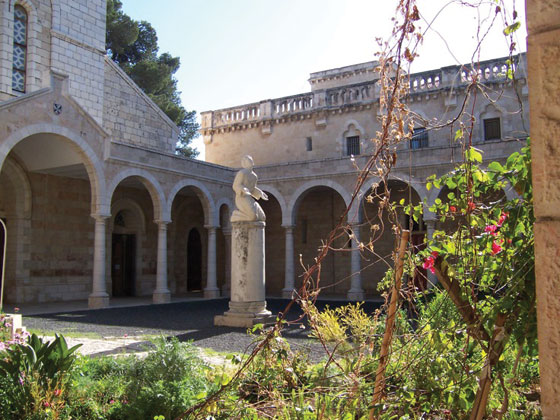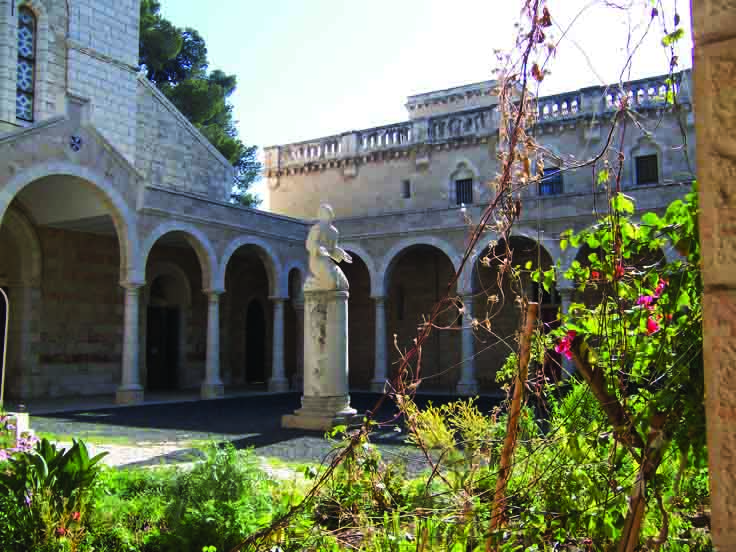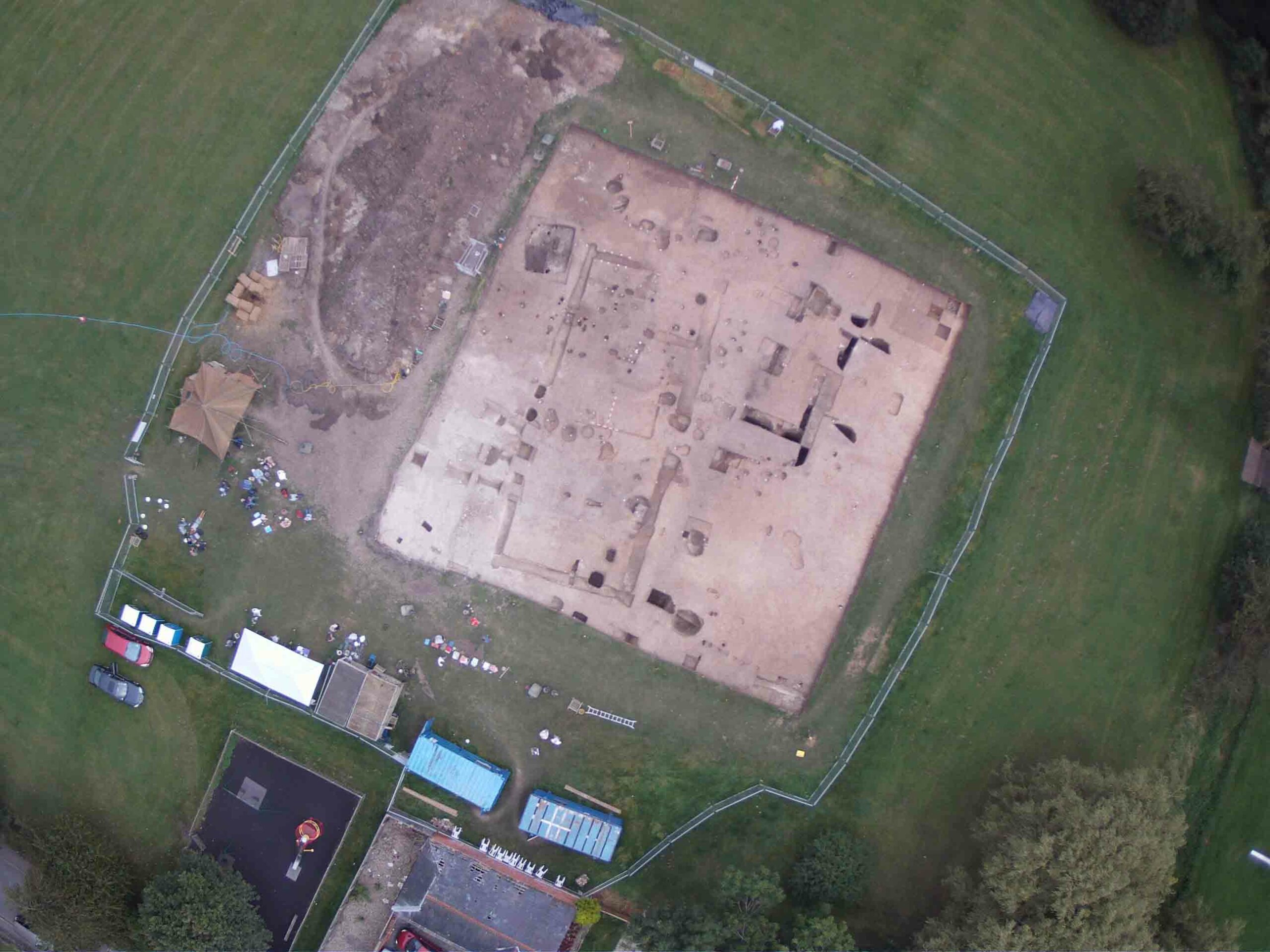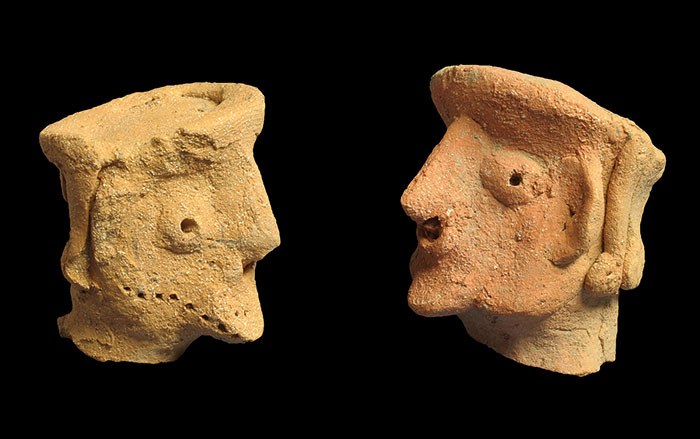
The path to God often comes through self-denial, but sometimes temptation is too great to overcome. St. Stephen’s, a fifth-century monastery in Jerusalem, was home to Byzantine monks who purported to practice an ascetic lifestyle, including the consumption of little more than bread and water (with some fruits and vegetables). Unlike other monasteries of the period, which were often remote desert enclaves, St. Stephen’s was an urban monastery. An isotopic analysis of bone collagen from 54 skeletons at the monastery conducted by Lesley Gregoricka of Ohio State University reveals that 16 of the individuals regularly consumed animal protein, perhaps from eggs, cheese, milk, fish, meat, and perhaps even garum (fermented fish sauce). The city monastery was famously affluent, says Gregoricka, so perhaps higher status monks had access to luxury, taboo, decidedly non-monastic food items.











